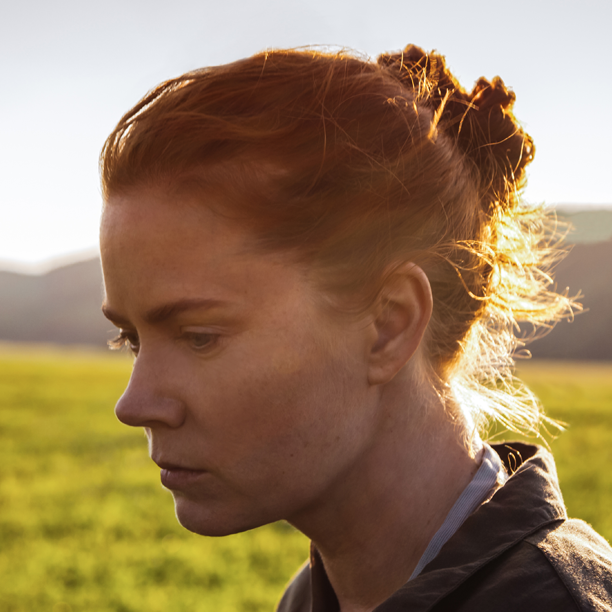Entertainment
Montreal production designer on Oscar nod for ‘Arrival,’ creating alien language

Montreal production designer Patrice Vermette is going to the Oscars again — and hopes to find his way to the red carpet this time. (Photo: Arrival Movie/Facebook)
TORONTO—Montreal production designer Patrice Vermette is going to the Oscars again — and hopes to find his way to the red carpet this time.
Vermette is nominated for his work on Quebec director Denis Villeneuve’s brainy alien-invasion drama “Arrival.” It’s his second nomination after a nod for best art direction on 2009’s “The Young Victoria,” directed by fellow Quebecer Jean-Marc Vallee.
He said the first time he attended the big soiree in Los Angeles, it was pouring rain and he and his wife ended up going through the wrong entrance amid the frenzy to get umbrellas from organizers.
“It’s impossible to go back and do the red carpet. So we did not do the red carpet, we were on the wrong side,” Vermette recalled in a phone interview.
“This time, we’re going to be on the right side.”
Miscommunication also abounds in “Arrival,” which was written by Eric Heisserer and is based on the novella “Story of Your Life” by Ted Chiang.
Amy Adams stars as Louise, a linguistics expert tasked with decoding the visual language of aliens who’ve arrived on Earth in 12 giant pods. Jeremy Renner plays theoretical physicist Ian in the Quebec-shot film, which also stars Forest Whitaker as a military leader.
The film is up for eight Oscars in total, including best picture and best director.
Vermette, who’s worked with Villeneuve on many of his films, helped come up with the moody look of the entire movie. That included the pebble-shaped spaceships.
“The spaceship, we decided to do something out of this world because we wanted to do something very alien-looking, very different from what had been done before, to surprise,” said Vermette.
“The ship with all the layers inside, it’s like cement rocks, which is supposed to represent for me the layers of wisdom and history of the ancient civilization.”
Vermette also helped design the aliens’ written language — circular, smoky ink blots the squid-like creatures project through their tentacles onto a glass partition in the spacecraft.
Helping him was artist Martine Bertrand, who is also his wife.
“She created the esthetics of it, which is like these ink blots that at first could be anything — you could think it’s a defence mechanism … they could be like skunks when she approaches too close to the barrier,” he said.
“But it needed to be surprising and have an esthetic that would be beautiful. You know sometimes danger … there’s a certain attraction? We needed to convey that as an idea.”
Vermette then worked with Toronto graphic designer Aaron Morrison to take all of the circular ink blots and assign meaning and words to them, in order to create sentences or ideas or thoughts.
“We created a dictionary and then we could create the number of logograms that you can dream of, just like a language, because all of these ink blots have a meaning,” he said.
“Once the language was created, we approached a linguist and also a mathematician and we asked them, ‘OK, this is the language, we know there’s a meaning. Try to decipher it.”’
The linguist was Jessica Coon from McGill University in Montreal and the mathematician was Stephen Wolfram of the Massachusetts Institute of Technology.
“So we had a real Ian and we had a real Louise (the names of Renner’s and Adams’s characters) and they both annotated and tried to make sense of it,” said Vermette.
“They weren’t part of the creation of the language, we just used them to get the credibility, as they would do in real life.”





















